Did You Know?
The ancient city of Tulamba holds historical significance as it was once seized and ruled by Alexander the Great during his expeditions in the region.
30°31'37.8"N 72°14'18.9"E
The ancient city of Tulamba holds historical significance as it was once seized and ruled by Alexander the Great during his expeditions in the region.
The Best Time to Visit Punjab Province is Year long as it has bearable Cold winters and Hot Summers. However, Summers can get really Hot and precautions are recommended during Daytime visits.

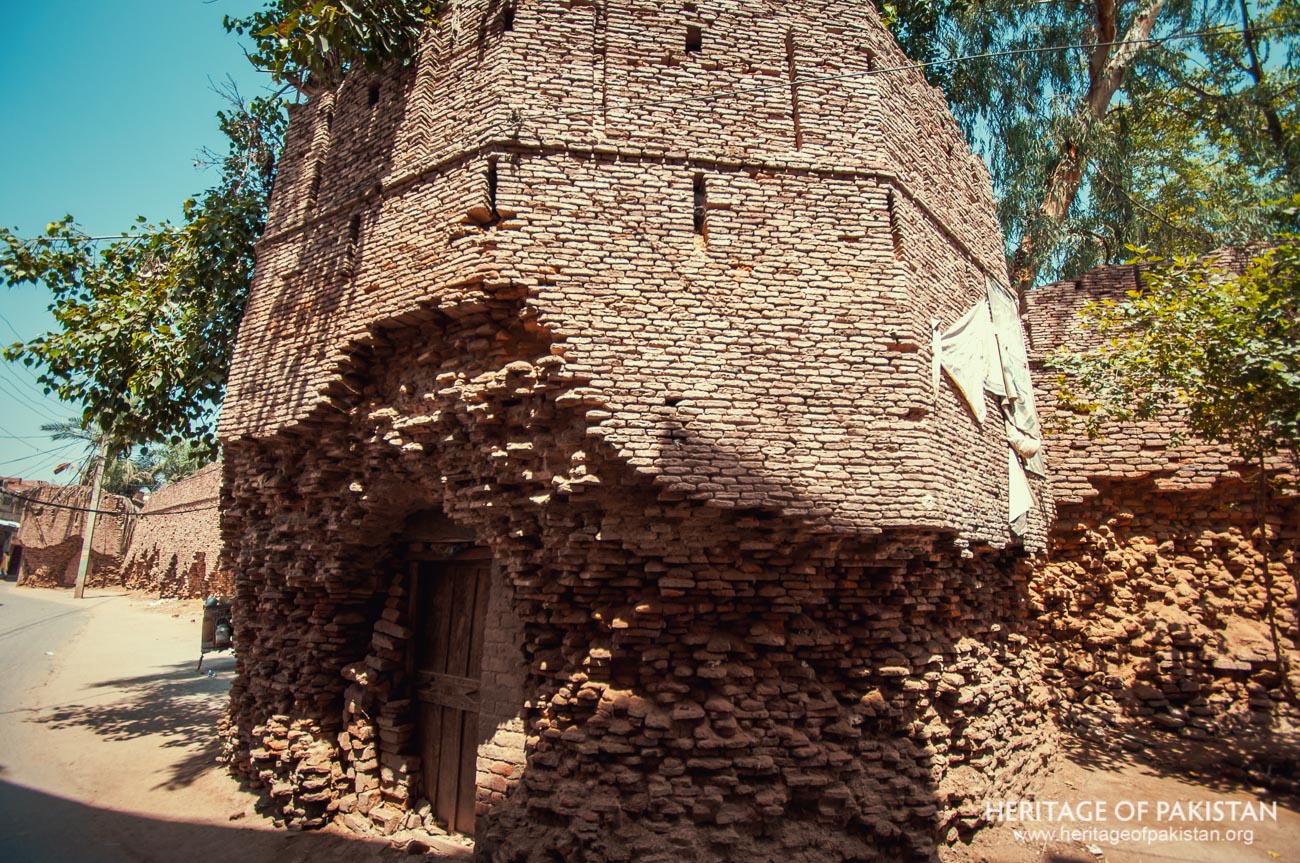
Sher Shah Suri Fort, situated in the town of Tulamba, is a historical structure built by Emperor Sher Shah Suri. However, it is currently faced with severe degradation, with part of the issue being encroachments by the local population.
The fort, which currently houses the Government Girls High School and local municipal government committee offices, is in a state of serious disrepair. The fort is quickly deteriorating. Over the years, nearby residents have used parts of the fort for constructing their own houses in the surrounding area. This rapid urban encroachment has blurred the boundaries between the fort and neighboring buildings, and the muhalla merges with the parts of the fort. This needs serious attention.
From an architectural standpoint, the fort has twelve bastions, with remnants of its merlons still visible. The fort has a rough area of 14000 square meters. Unfortunately, the fort's protective wall has suffered substantial damage in several sections, replaced by commercial shops, that has compromised the fort's architecture and integrity.
Situated in the Mian Chanu Tehsil of the Khanewal District, approximately 90 kilometers northeast of Multan, Tulamba is a compact town with a historical lineage extending over two and a half millennia. Its strategic geographical proximity to Multan made it an epicenter of numerous historical conquests involving eminent historical figures such as Alexander the Great, Timur Lane, and Muhammad bin Qasim. Alexander the Great, during his campaign in South Asia, conquered Tulamba on his way to Multan. The details can be found in the works of Greek historians. The archaeological remains of the ancient city of Tulamba are located about 2 kilometers from the current town, and various cultural artifacts, coins, and other historical objects that signify its historical importance have been found there.
Muhammad bin Qasim's 8th century AD military campaign in Sindh is reported to have incorporated Tulamba. It is also said that Mahmud Ghaznavi during his expeditions in this region conquered Tulamba as well. While definitive archeological evidence is absent, Tulamba's strategic location near Multan and local traditions substantiate the idea of Ghaznavi's conquest. However, during Timur's invasion, Tulamba underwent substantial devastation who ransacked the area.
Tulamba additionally holds a notable relevance in Sikh history, particularly due to the visit by Sikhism’s founder Guru Nanak near the city. Down the line, this also led to the establishment of a Gurdwara in Tulamba. The decline and desertion of the old Tulamba city are attributed to a geographical alteration in the River Ravi's course, which resulted in the severance of the town's water supply, necessitating the relocation of its inhabitants, as theorized by Alexander Cummingham.
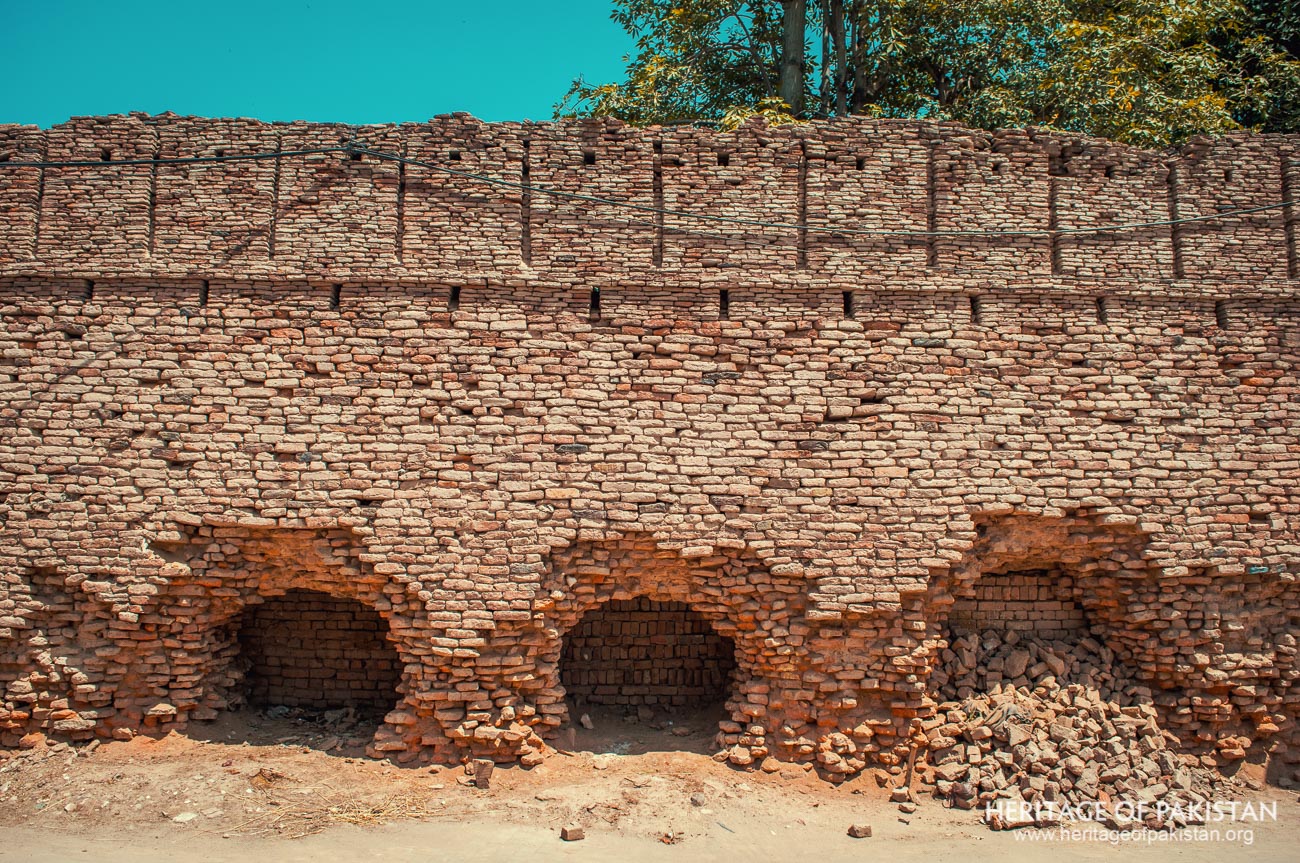
Sher Shah Suri, originally named Farid Khan, was a prominent emperor in the Indian subcontinent during the mid-16th century. Born into a Pashtun family in Bihar, India, he is best known for his five-year rule (1540-1545 AD) of the Suri Empire, which spanned the regions of modern-day Afghanistan, Pakistan, and northern India. His ascension to power began after his successful rebellion against the Mughal Emperor Humayun, during which he established his dominion and made significant administrative, economic, and military reforms. Known as a wise and just ruler, Sher Shah Suri introduced a standardized currency, reorganized the postal system, and built a network of roads, including the Grand Trunk Road, which still exists today.One of his most notable architectural legacies is the Rohtas Fort, a robust fortress in present-day Pakistan, demonstrating his strategic acumen and attention to military fortifications. The fort in Tulamba town is attributed to Sher Shah Suri as well.
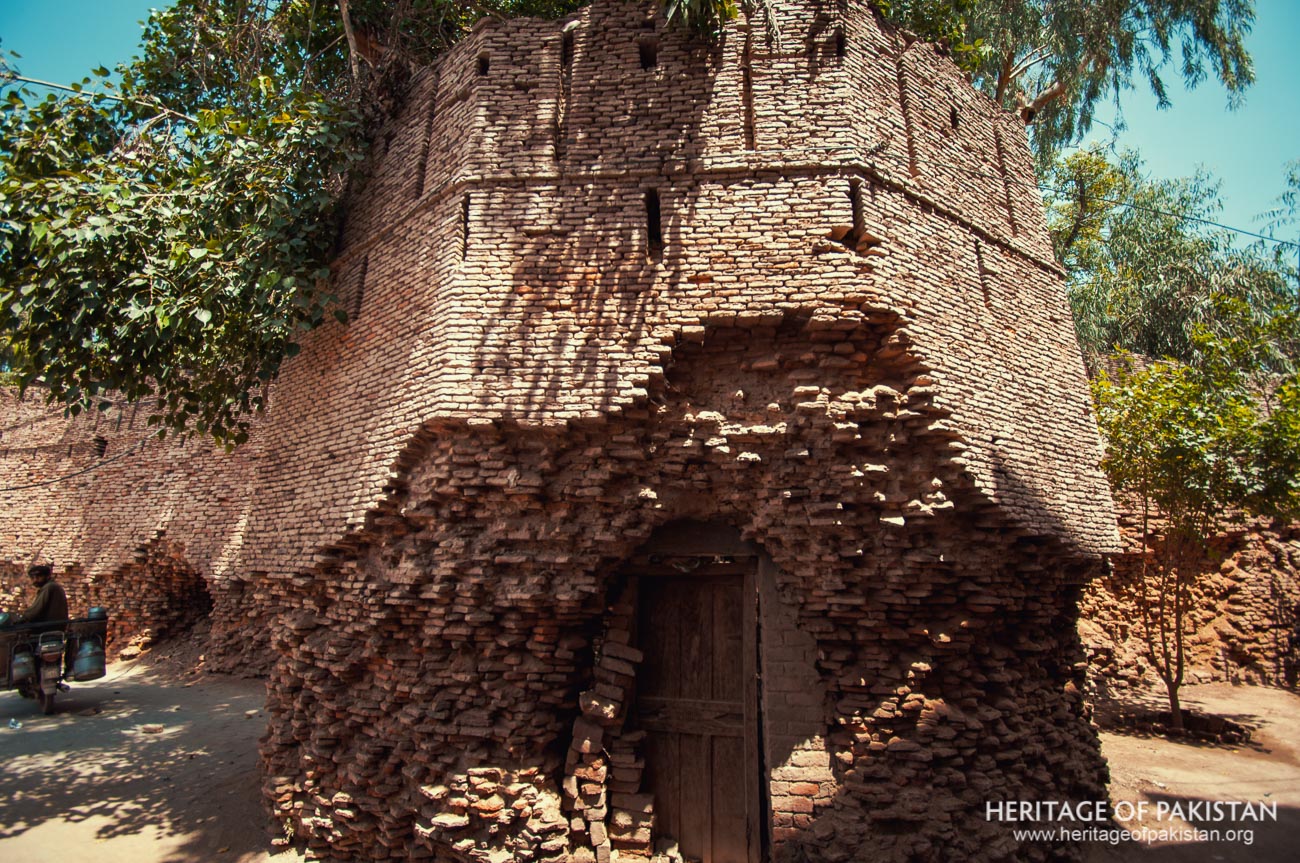
Sher Shah Suri Fort in Tulamba, showcases an impressive array of defensive and military architectural features. While it may not rival the scale of the Rohtas Fort - another of Sher Shah Suri's architectural achievements - it nonetheless must have carried substantial significance as a strategic outpost and military garrison for the region in Southern Punjab during Suri’s reign.
Firstly, the fort's design stands as an example of Sher Shah Suri's military architecture. Boasting twelve robust bastions, these defensive structures provided a platform for soldiers to survey the surrounding areas, adding a layer of proactive defense to the fortification.
In terms of dimensions, the fort presents a medium size fortress, with a perimeter extending to approximately 1390 feet with a circular master plan. The fort's total area spans around 150,500 square feet, which converts to nearly 14,000 square meters. This area implies a significant capacity for housing soldiers and storing necessary supplies, reflecting the fort's importance as a regional stronghold. However, it is not as extensive as Rohtas or Lahore Fort.
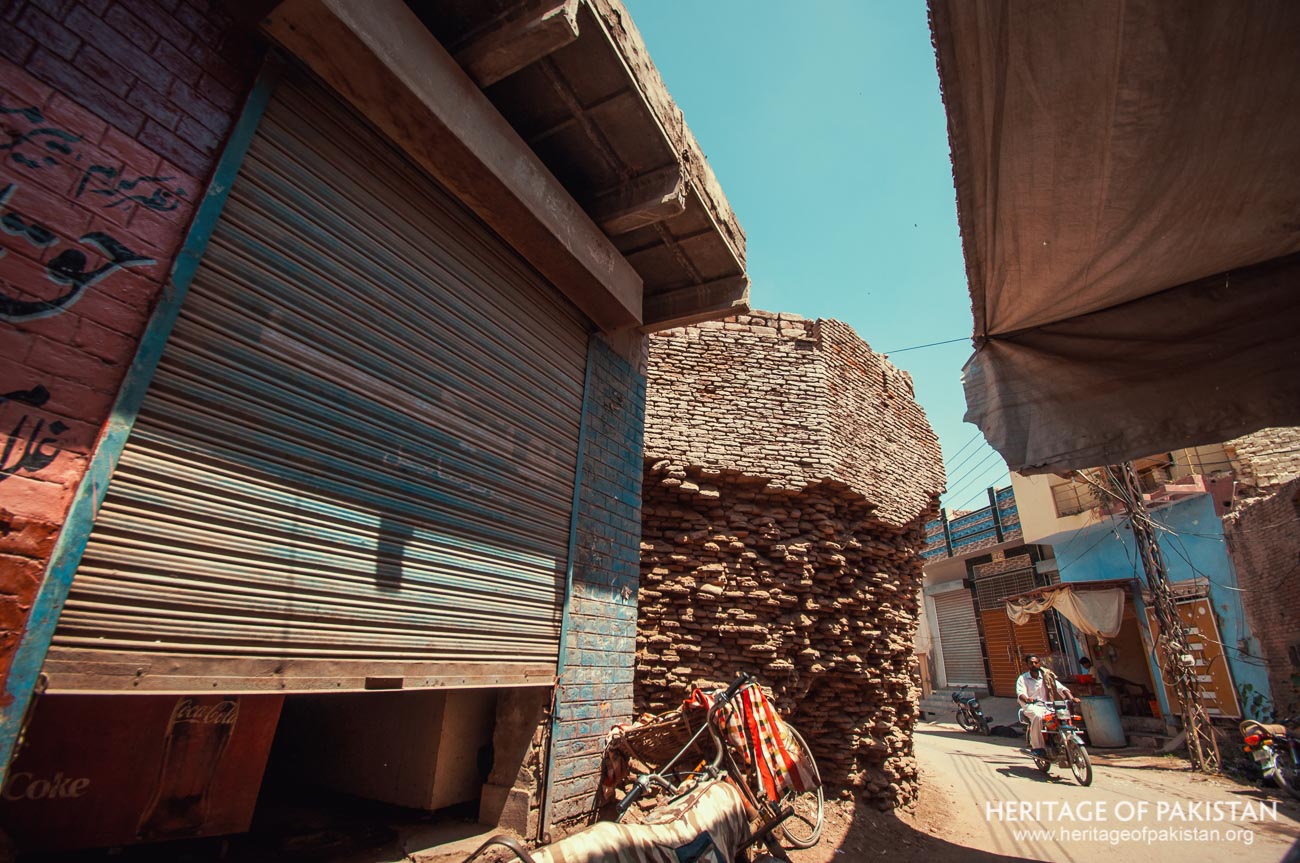
One of the distinct features of the fort is its strong walls, reaching a height of around 15-20 feet with almost 3 to 4 feet thickness. The walls, constructed from durable bricks, showcase a dual-level design on the internal side. The lower level of the wall served as a platform for soldiers to secure the fort against invading forces. This ingenious feature suggests a well-thought-out design, focusing on the safety of the fort's inhabitants during a potential siege.
Moreover, the fort walls have strategically positioned slits. These narrow openings served a twofold purpose: they allowed the defenders to observe approaching enemies, and also provided a secure point for archers to launch arrows while maintaining a safe cover. The incorporation of such features indicates a deep understanding of defensive warfare tactics and exemplifies the strategic planning that went into the fort's construction by Sher Shah Suri
Sher Shah Suri Fort in Tulamba might not display the vastness of Rohtas Fort, its impressive military and defensive architectural features underscore its historical importance as a critical strategic outpost in the Southern Punjab region.
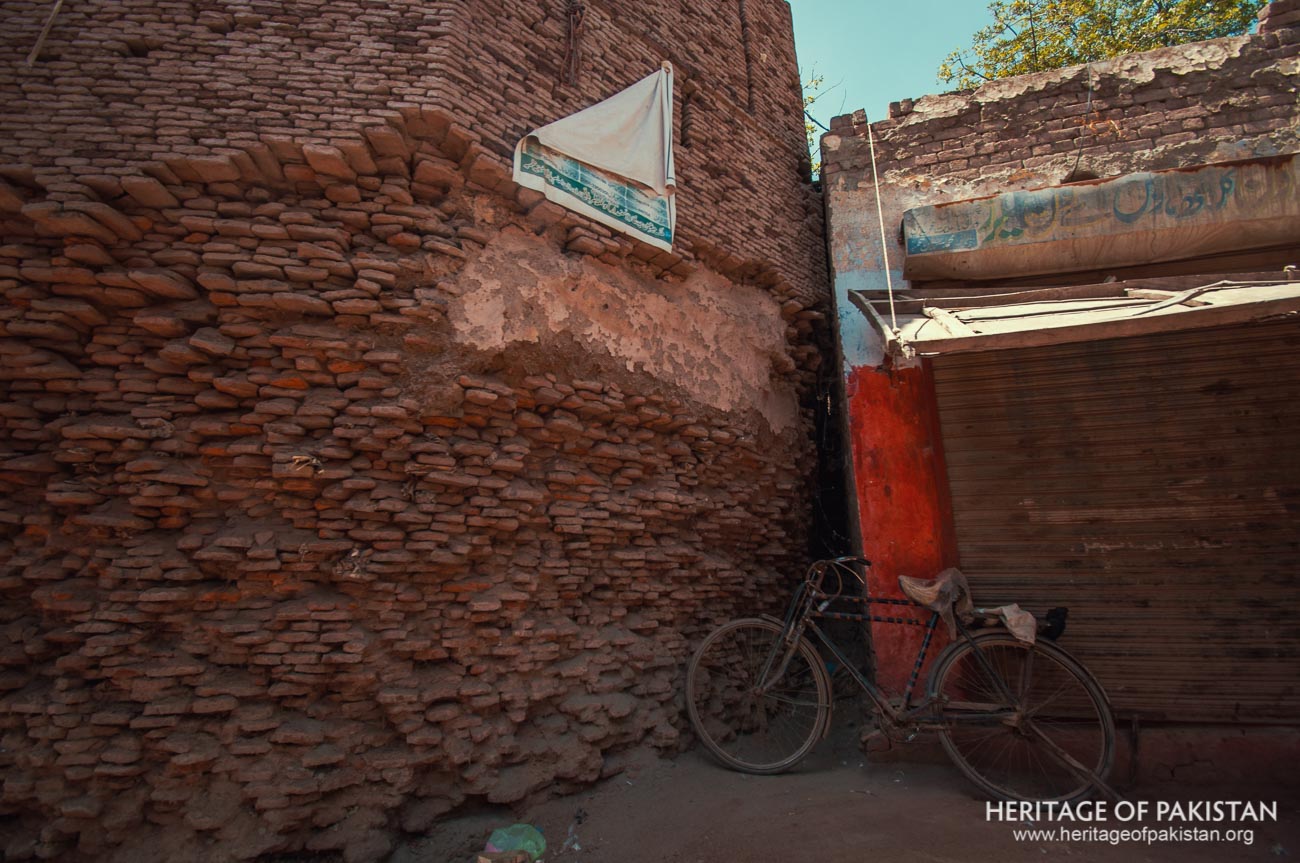
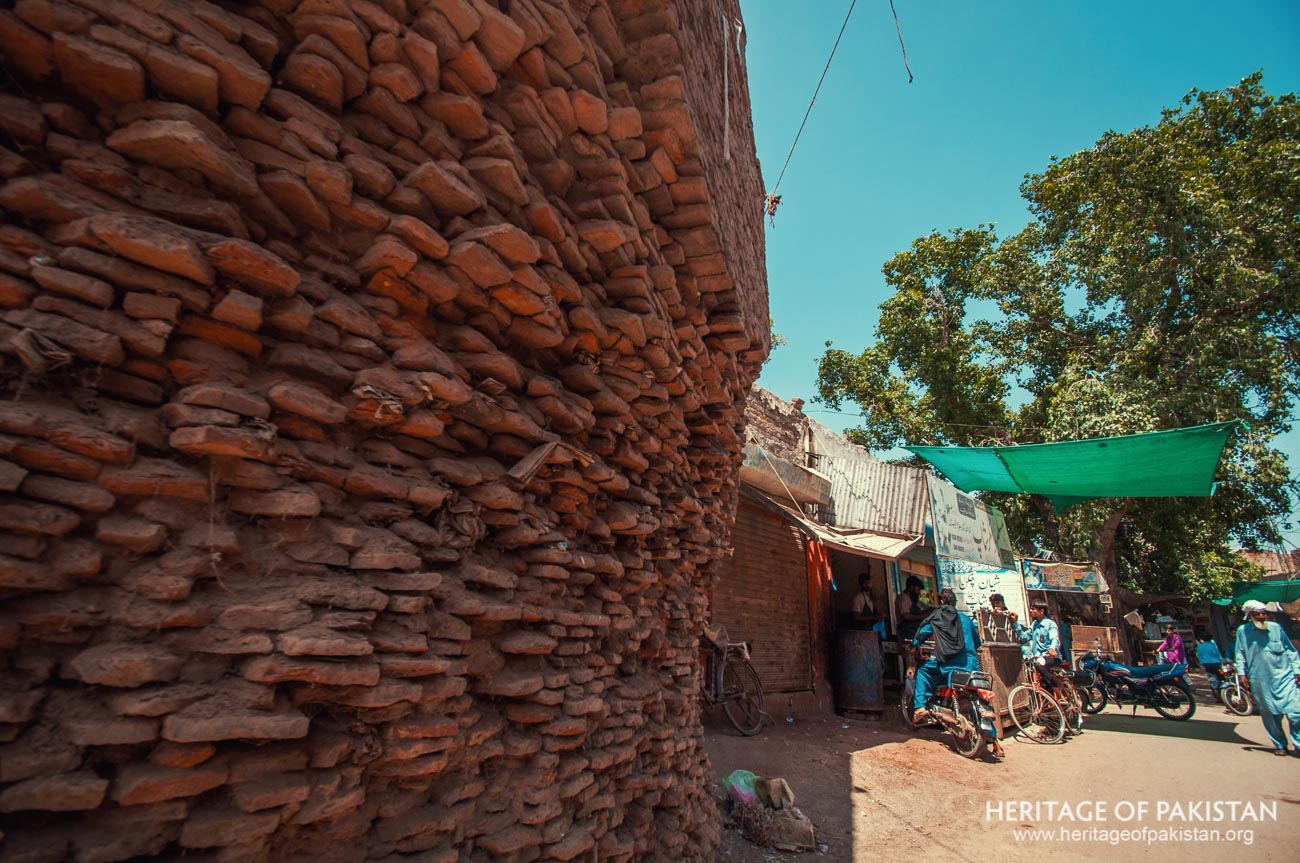
Discover the Sher Shah Suri Fort image gallery and immerse yourself in photographs

All Photographs by Syed Noor Hussain and Sania Azhar.
All Rights Reserved. Photos may be used for Non-Commercial, Educational, Artistic, Research, Non-Profit & Academic purposes.
Commercial uses require licensing agreement.


Add a review